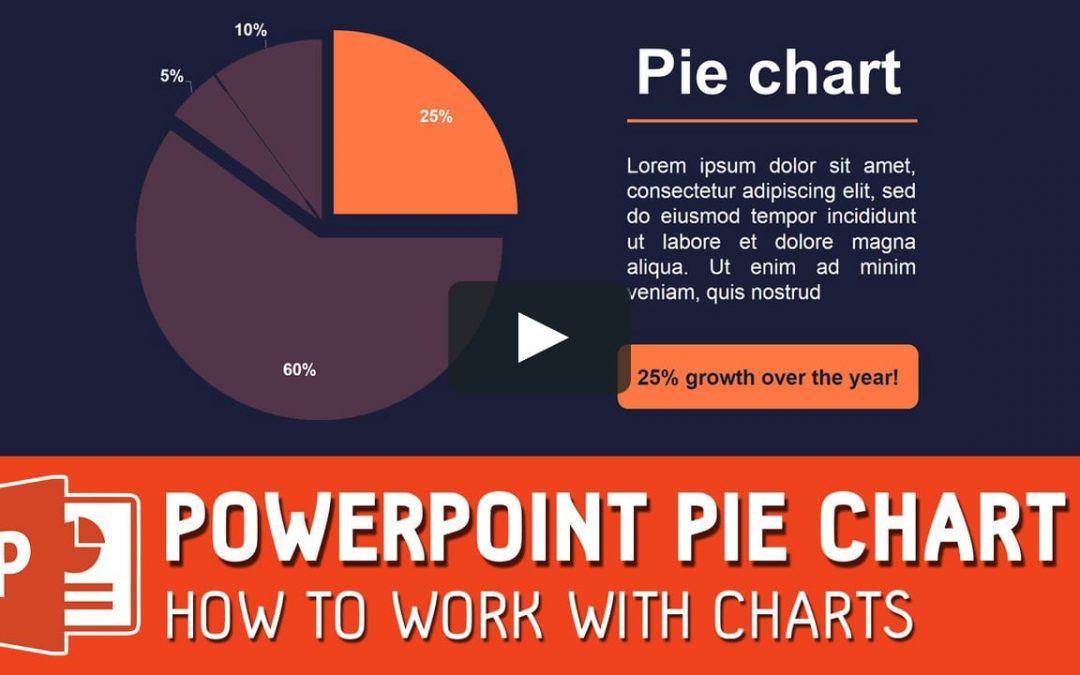
|
Over the Chinese New Year holiday, I had the pleasure of providing a private online class to a professional family in Hsinchu, Taiwan: mom, dad, and son. Our goal was to help them improve their spoken and presentation skills, and as a part of that, the father made a PowerPoint (PPT) about a trip with his wife to Europe. We discussed some ways to create PPT slides. One key point is, in general, avoid long text. It can be dull, unclear, and hard to read (or even see). Instead, many people suggest bullet points to communicate main ideas. Q: How do you word bullet points? Do I start them all with “To”? A. Actually, the best answer is: “It depends.” You may want to start with “To,” but the main idea is, be parallel. That is, however you start each bullet point, be as consistent as you can. Here are some examples.
Beautiful Prague, Czech Republic Maybe you want a PPT slide that explains “Why is Prague a popular place to visit? You may want to use the ADJ. + NOUN format. – preserved artifacts Or, maybe you want a slide to explain, “Why I went to Prague?” Here the “to” construction work best. – To support my wife, who won an award from her employer
How about a slide to describe “Taiwan.” You might want to use straight adjectives. – small
How about a slide giving instructions or commands? Straight verbs is probably best. On the topic, “How to do well in school?” – Sit near the front
Perhaps you want a PPT slide about “Some of my favorite hobbies.” Here the gerund may be the best option. – biking Note: sometimes, no matter how hard you try, you cannot be perfectly parallel. In those cases, put the “oddball” at the end of the list. For example, the last item above–“spending time with my family”– starts with a gerund like all the others, but it is longer than just one word. So, it goes at the end. That’s how you handle items that you cannot get to fit the pattern. Whatever you do, do NOT mix the formats in the bullet points, such as with “My hobbies.” below: – To swim
Do YOU need help with your English presentations or skills? Let us help you today at DreyerCoaching.com! In fact, “Practice Parallelism” is one of the “12 Steps to Clearer Writing” in my award-winning book, Write Like A Champion (美國老師教你寫出好英文). Learn more and order your own copy by clicking here. |


